History of Bangladesh: Early Bengal in Regional Perspectives: Up to c.1200 CE (In 2 Volumes)
Asiatic Society of Bangladesh proudly announces the publication of The History of Bangladesh: Early Bengal in Regional Perspectives (up to c. 1200 CE) in two volumes edited by Professor Abdul Momin Chowdhary and Professor Ranabir Chhakravarti under the project title 'History of Bangladesh: Ancient and Medial'. Vol. 1 is on Archaeology, Polutical History and Polity and Vol. 2 is on Society, Economy and Culture. In these two volumes the remote past of the region called Bengal (Bengal before 1947) has been explore and studied by going beyound the boundaries of moder nation states.
Professor Emeritus Romila Thapar (of Jawaharlal Nehru University, New Delhi), internationally acclaimed authority on early Indian history, has graced the volumes by writing the Foreword.
The chapters in the two volumes have been penned by established experts who belong not to Bangladesh and India, but to various parts of the globe.
The first volumes looks into the historical geography of the ancient region and its inhabitants by combining perspectives of historical geography and authropology; it also pays meticulous attention to the pre-literate phase in the early history of Bengal. One of the salient features of this volumes is the thrust on field archaeological materials which offer the most reliable window to grasp the tramsition from the pre-literate to the early historic times (up to c. 300 CE). Elaborate discussion on politucal history have been also accommodated as new epigraphic and nu,ismatic sources have led to the considerable rewriting of the political history of the regious and sub-regions (especially of the Pala period and of Southeastern Bangladesh). The understanding of the polity and nature of the state forms another important aspect of discussion in the first volumes.
Volume 2 takes a close look at economic life, circulation of money and different media of exchange, social life (including the relevance of the varna-jati norms and the question of gender), everyday life, religious beliefs and practices (Brahmanical, Buddhist, Jaina and Ajivika), art activities (terracotta art, sculpture, iconography, paimting and architecture) and language and literature. The last point is of crucial significance as the languages Bangladesh is the quintessential marker of identity of the inhabitants of Bengal; it is from the ninth-tenth centuries that the earliest traces of the vernacular, Bangla, are traceable in historical sources. Each chapter combines the state of the art of the subject concerned with the specific researches of the contributor(s) who have meticulously highlighted the regional features and the sub-regional diversities. Rich in empirical details, the chapters offer critical analyses of available data in view of the current historiographical issues and debates.
The two volumes are expexted to fill a long-felt gap in the historiography of early Bengal and will possibly serve as a standard reference work for both the specialist scholars and the general readers.
Get it now and save 10%
BECOME A MEMBER

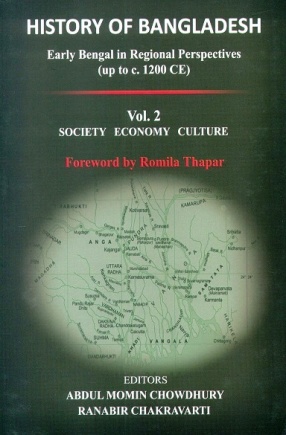

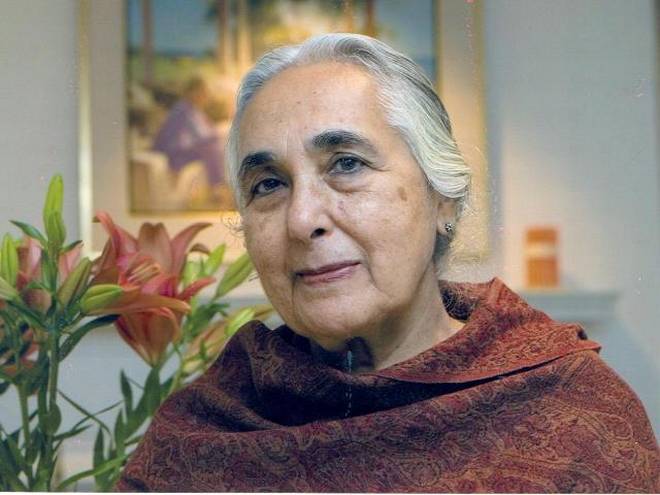
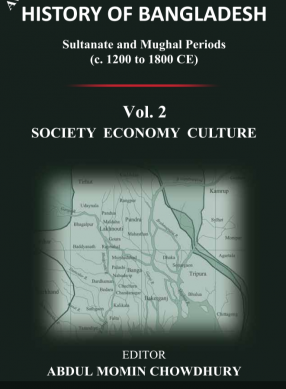

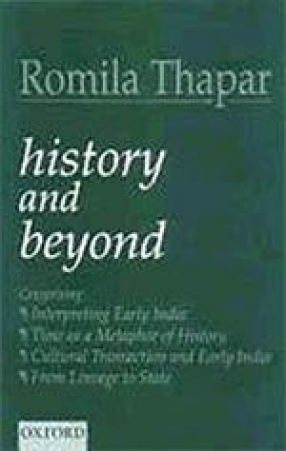
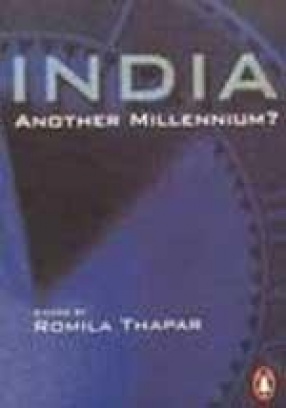
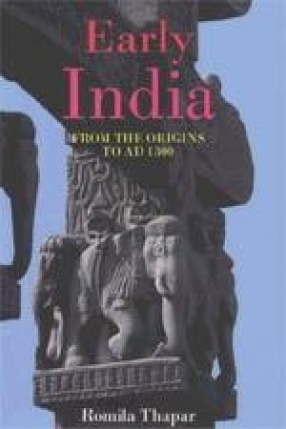
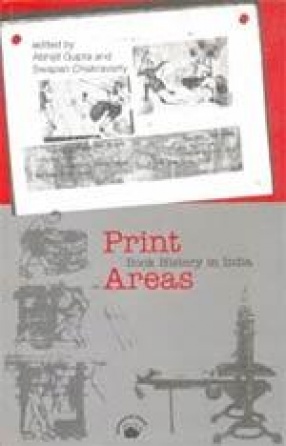
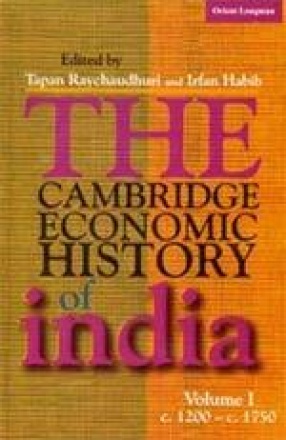
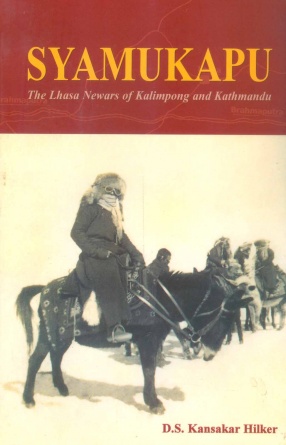

Bibliographic information
Romila Thapar